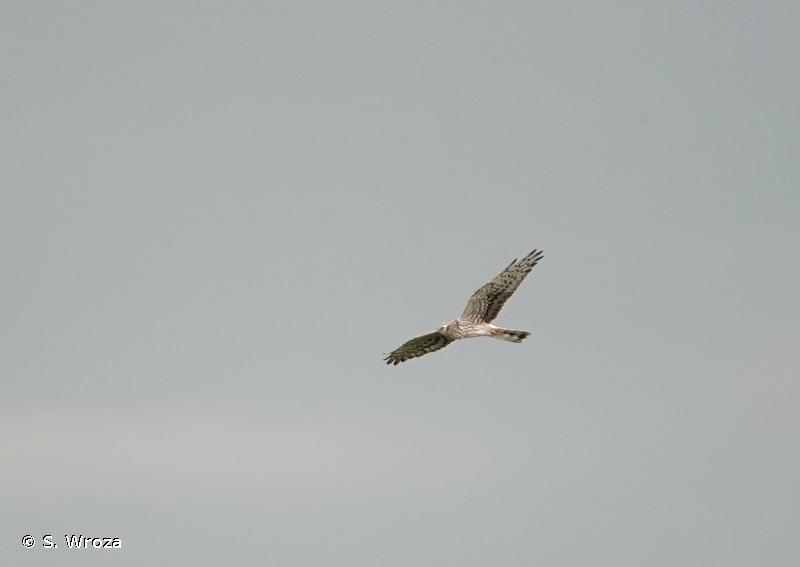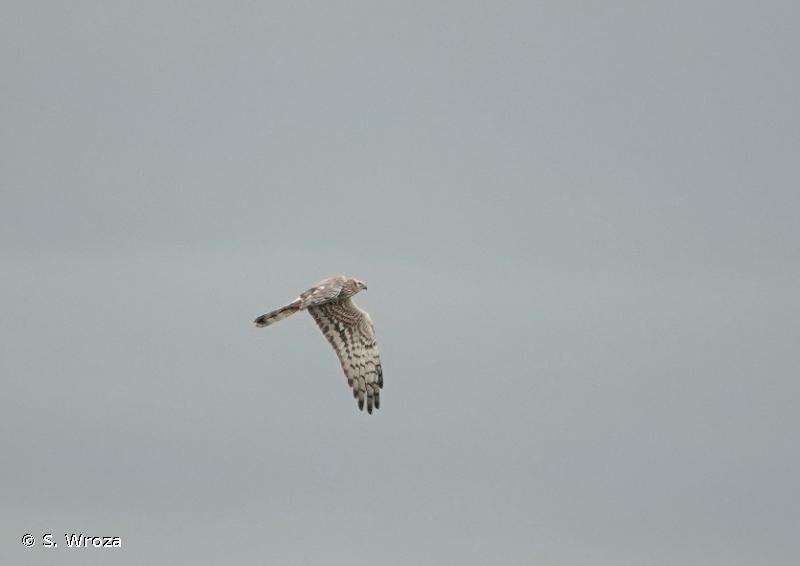
cd_nom

| Author : S. Wroza |
 |
Despite the Creative Commons license, please inform the author of the use which will be made of his photo

| Author : J. LAIGNEL |
 |
To get the picture, please visit:
Julien Laignel
Chargé de mission SNB - SPN/MNHN
4, avenue du Petit Château
91800 BRUNOY
Tel.: 06.10.68.23.36
Mail: julien.laignel@9online.fr
Despite the Creative Commons license, please inform the author of the use which will be made of his photo

| Author : S. Wroza |
 |
Despite the Creative Commons license, please inform the author of the use which will be made of his photo

| Author : S. Wroza |
 |
Despite the Creative Commons license, please inform the author of the use which will be made of his photo

| Author : S. Wroza |
 |
Despite the Creative Commons license, please inform the author of the use which will be made of his photo

| Author : S. Wroza |
 |
Despite the Creative Commons license, please inform the author of the use which will be made of his photo

| Author : S. Wroza |
 |
Despite the Creative Commons license, please inform the author of the use which will be made of his photo

| Author : S. Wroza |
 |
Despite the Creative Commons license, please inform the author of the use which will be made of his photo

| Author : S. Wroza |
 |
Despite the Creative Commons license, please inform the author of the use which will be made of his photo

| Author : S. Wroza |
 |
Despite the Creative Commons license, please inform the author of the use which will be made of his photo

| Author : S. Wroza |
 |
Despite the Creative Commons license, please inform the author of the use which will be made of his photo
Longueur 43-47 cm, envergure 105-120 cm, poids 230-440 g.
Il habite les plaines et les larges vallées, s’installant dans les marais, cultures, friches, landes et jeunes plantations. Il chasse sur des terrains à végétation basse ou clairsemée, mais recherche pour la reproduction des secteurs calmes à végétation haute.
Le Busard cendré se nourrit de petits animaux terrestres, d’une masse habituellement inférieure à 60 g, dont le type varie beaucoup selon la région et l’année. Il peut se spécialiser localement sur la proie la plus abondante, par exemple sur les insectes lors d’années pauvres en campagnols. Les oiseaux, leurs œufs et leurs jeunes sont fréquemment capturés. Il s’agit pour l’essentiel de passereaux nichant au sol, mais des œufs d’oiseaux plus grands (perdrix, canards) peuvent être consommés.
L’espèce chasse en solitaire mais s’assemble en petits groupes là où la nourriture est abondante. Elle est monogame (polyandrie et bigamie occasionnelle) et le couple n’est formé que pour une saison. Comme pour les autres busards, le soin et le nourrissage direct des jeunes est réservé à la femelle. Le mâle approvisionne toute la famille ; il ne nourrit normalement lui-même les jeunes qu’après leur envol. Les aires sont souvent regroupées en petites colonies lâches.
Le nid, fait au sol par la femelle, est un dôme aplati constitué avec la végétation disponible alentour, roseaux, graminées, bruyères… La ponte de 4 ou 5 œufs (extrêmes : 3 à 10) est déposée à partir de mi-mai. L’incubation dure environ 1 mois. Les jeunes parcourent les alentours de l’aire dès leur 4e semaine et s’envolent à l’âge de 35-40 jours. La famille reste unie pendant 23-25 jours après l’envol.
Spanneut, L.(Ecosphère, Service du Patrimoine Naturel.),2008
Continental
Metropolitan France
Overseas
Marine
Metropolitan France
Overseas
The map presents a summary at the 10 x 10 km grid of the observation data for the species transmitted to the SINP. These data have been subjected to validation filters.
The map presents a reference distribution layer of the species at the scale of departments and marine sectors. The presence and absence data were established by expertise within a network of partners. This reference distribution is used in the validation process of the SINP data at the INPN level.
Corresponds to a report on the basis of at least one observation proved within a period of 10 years (20 years for little-known invertebrates) preceding the year and no presumption of extinction since obtaining the last data nor doubt on reproductive and implemented nature of this population. For migratory species, the presence indicated concerns areas of reproduction.
This status is based on one or more of the following criteria:
This point covers the absence, more difficult by nature to demonstrate than presence. This status is based on one or more of the following criteria:
This status must be assigned to a department in which the presence of the species is casual.
Particular case of absence due to a proven extinction less than a half century ago (older disappearances are treated as "no probable or definite").
In the state of knowledge, we can not comment on the presence or absence in the current department. This is the default status when not comprised in one of the previous categories or whenever there is doubt.
The map shows the global distribution of the species based on GBIF data (Global Biodiversity Information Facility).
